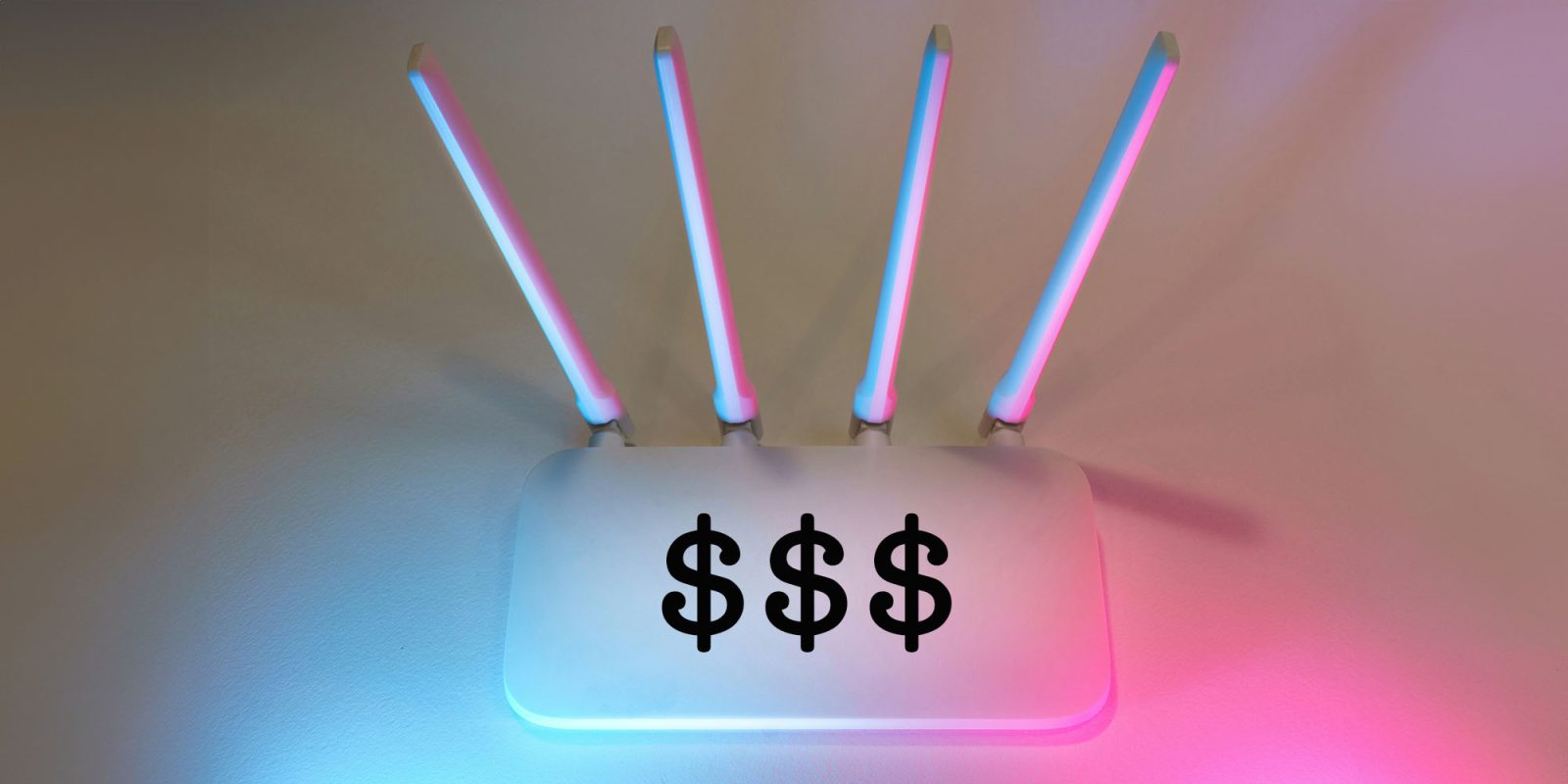
A survey has revealed that the majority of Americans have seen their broadband bill go up in the past year, with the average increase hitting an eye-opening $195. But there are four things you can do about that …
We’re paying more for our broadband
A large-scale survey of US consumers commissioned by CNET found that the majority have seen the price of their broadband service increase within the past year, often by hundreds of dollars.
The survey found 63% of US adults paying for home internet saw their prices increase last year. On average, they paid $195 more last year than they did the year before.
Price hikes didn’t necessarily translate to better service, either. More than half of people who saw their bills increase said they still experienced unreliable connectivity.
The site says that one key reason is promotional pricing used to sign people up, with hefty increases later kicking in.
Trey Paul, CNET’s senior broadband editor, doesn’t find it surprising. “That $195 figure may be startling at first but when you consider that many ISPs increase their monthly prices by $20 to even $50 after the enticing promotional price, it makes sense.”
Consumer Reports, which analyzed more than 22,000 internet bills, also criticized ISPs for their convoluted price structures.
“Some of the bills we collected are incredibly complicated,” he said. “In thousands of cases, it is too hard for people to figure out what they’re paying for, what the hidden fees mean or to even locate the price for internet service.”
Thankfully, mandatory broadband nutrition labels have now reduced this problem.
Four ways you can cut your broadband costs
CNET says we don’t need to just sit back and take it, highlighting four ways you can reduce your broadband bill.
First, and most obviously, negotiate. Many people sign up for promotional deals, then just accept the price hike when it expires. CNET says that calling once the promo ends can often be effective. Something I always do when signing up for any free trial or limited-time promo is to add a calendar note about a week before it expires, as a prompt to make a decision.
Second, consider downgrading. While gigabit speeds seem exciting at first, many of us find that webservers are the real bottleneck, and we rarely see the advertised speeds anywhere outside of speed-tests. Most people, argues CNET, will be absolutely fine with 100Mbps.
Third, switch ISP. If yours won’t negotiate, there are usually offers to be found elsewhere. The site points to the FCC’s broadband map to see which companies offer service in your area.
Finally, if your ISP charges you a rental fee on its wi-fi router, then you will generally save money by buying your own one instead. This also gives you the option of choosing one with better features and improved security.
Any other tips or experiences to share? Please do so in the comments.
Highlighted accessories
- Anker 511 Nano Pro ultra-compact iPhone charger
- MagSafe Car Mount for iPhone
- Apple MagSafe Charger with 25w power for iPhone 16 models
- Apple 30W charger for above
- Anker 240W braided USB-C to USB-C cable
Photo by Jakub Żerdzicki on Unsplash
FTC: We use income earning auto affiliate links. More.


Comments